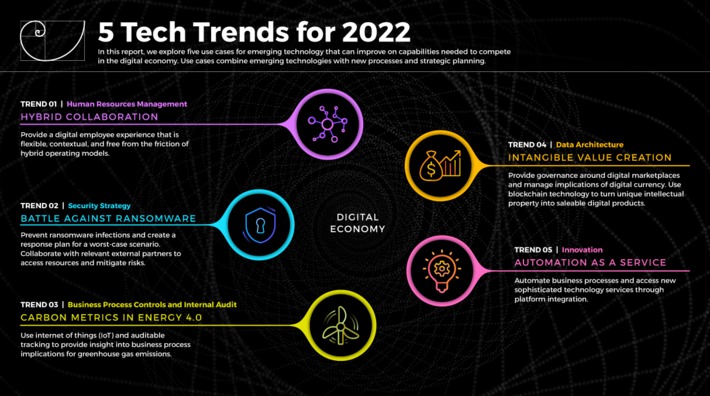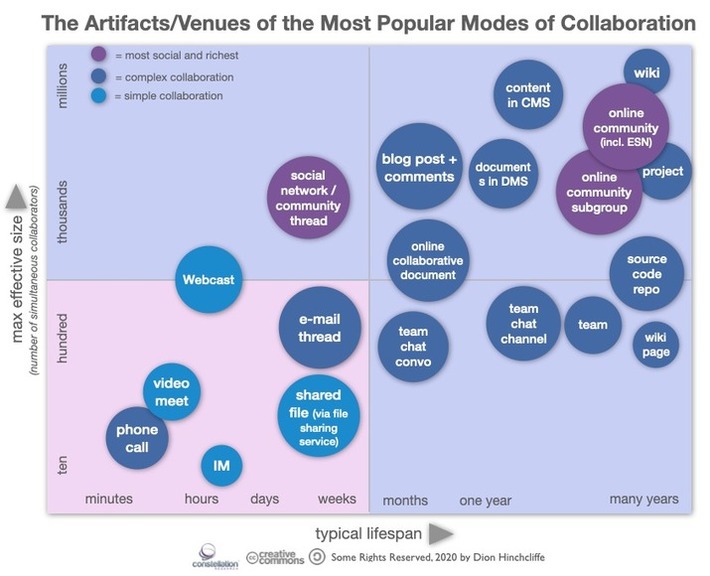The post-pandemic workplace continues to shift and requires collaboration between remote workers and office workers. Digital transformation has accelerated across every organization and CIOs must maneuver to keep pace. Customer expectations have shifted, and spending habits are moving away from in-person activities to online. IT must improve its maturity in key capabilities to maintain relevance in the organization.
Research and publish the best content.
Get Started for FREE
Sign up with Facebook Sign up with X
I don't have a Facebook or a X account
Already have an account: Login
Get weekly or monthly digest of all posts in your inbox: https://fmcs.digital/wim-subscribe
Curated by
Farid Mheir
 Your new post is loading... Your new post is loading...
|

Curated by Farid Mheir
Get every post weekly in your inbox by registering here: http://fmcs.digital/newsletter-signup/
|

















WHY IT MATTERS: I agree that hybrid collaboration, ransomware & automation are 2022 priorities for CIOs but feel that energy & blockchain may not be very high the priority list of most CIOs outside of government.